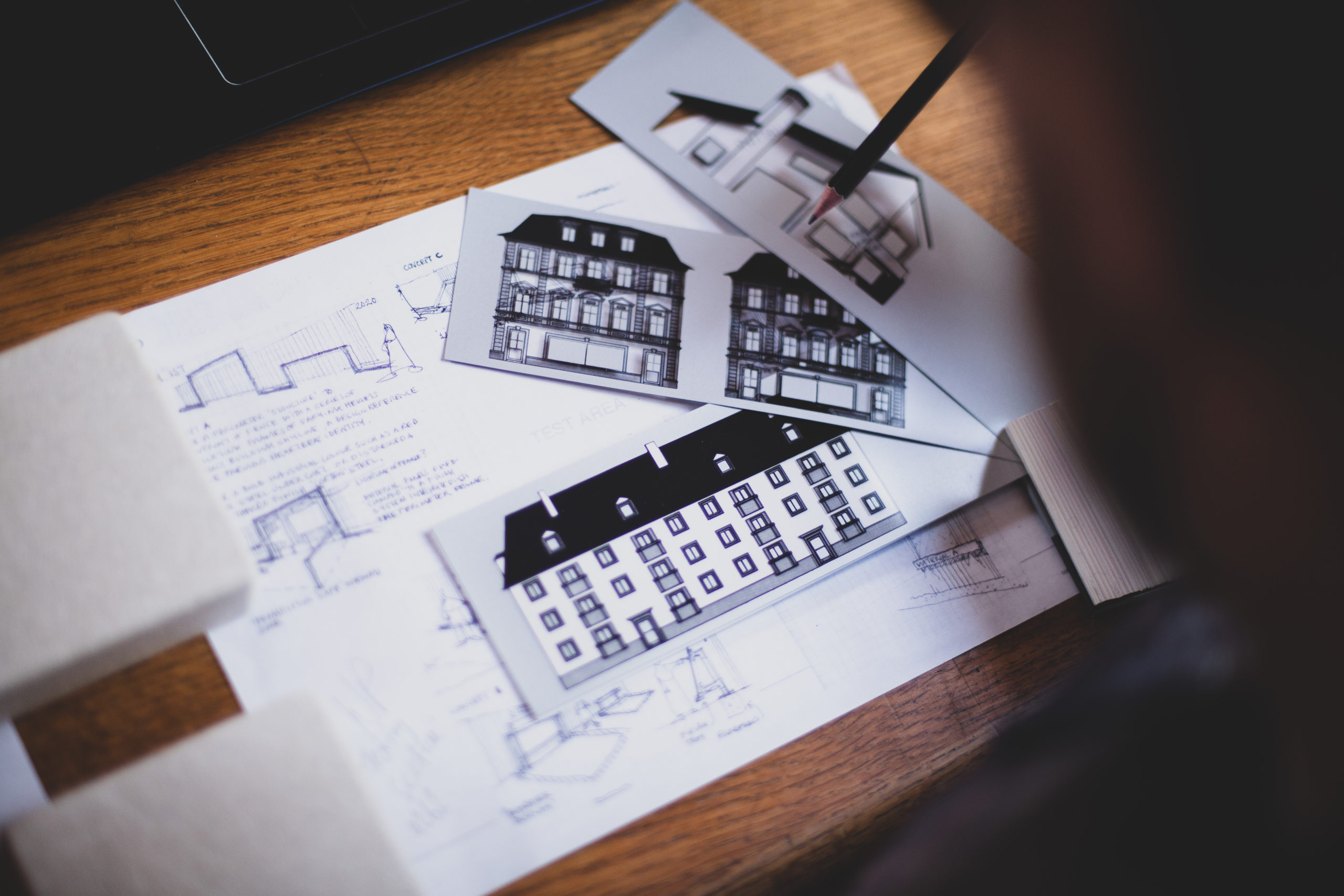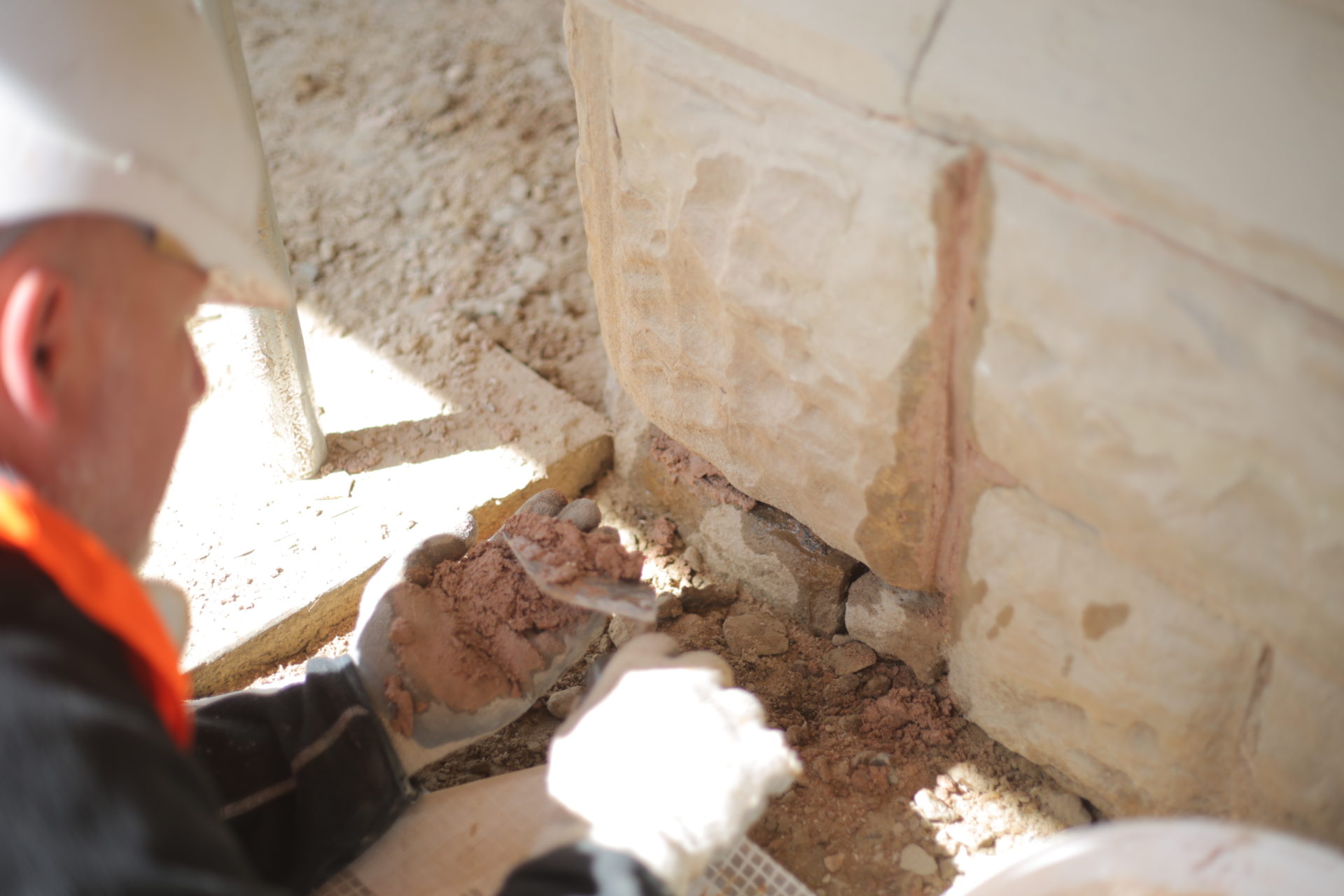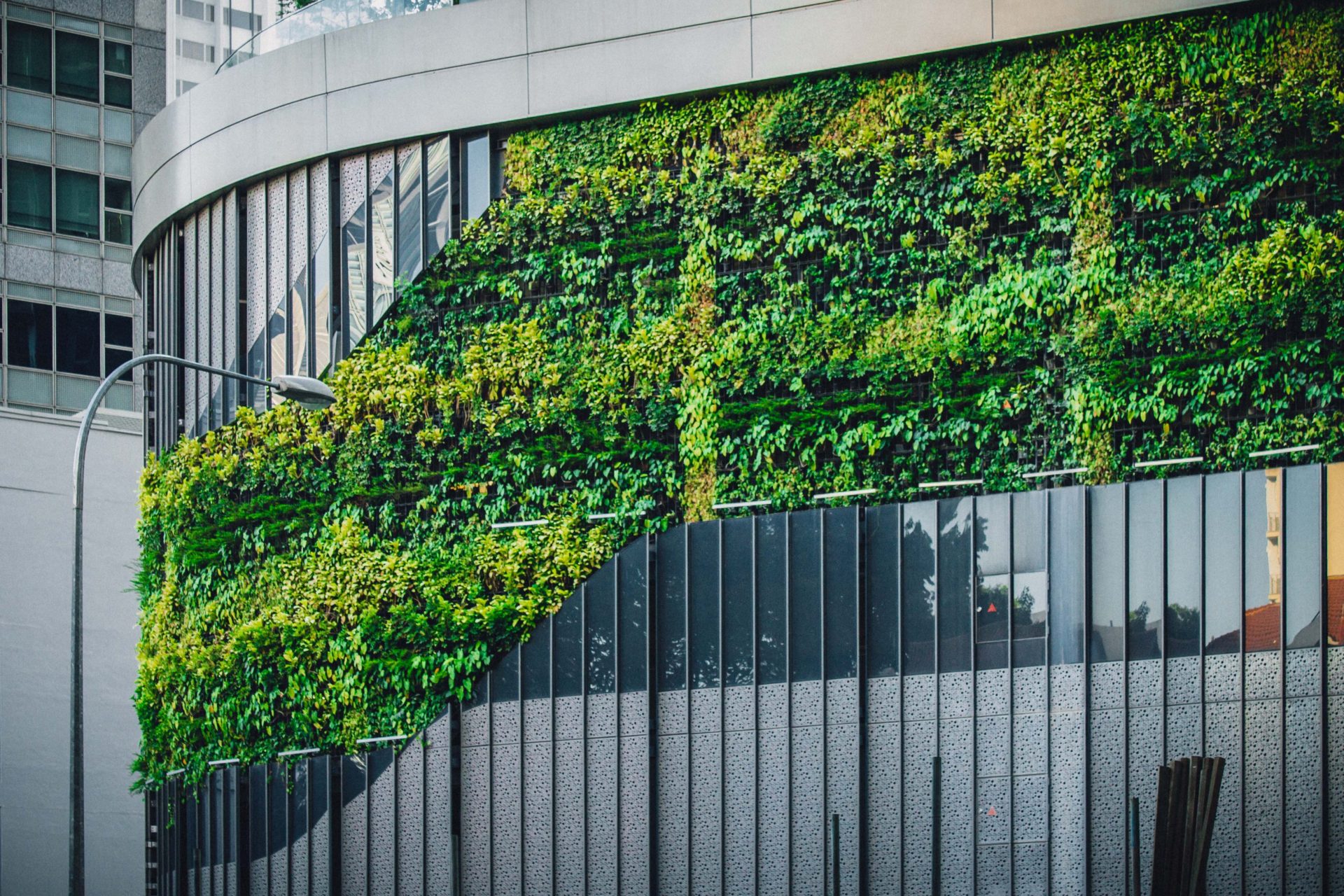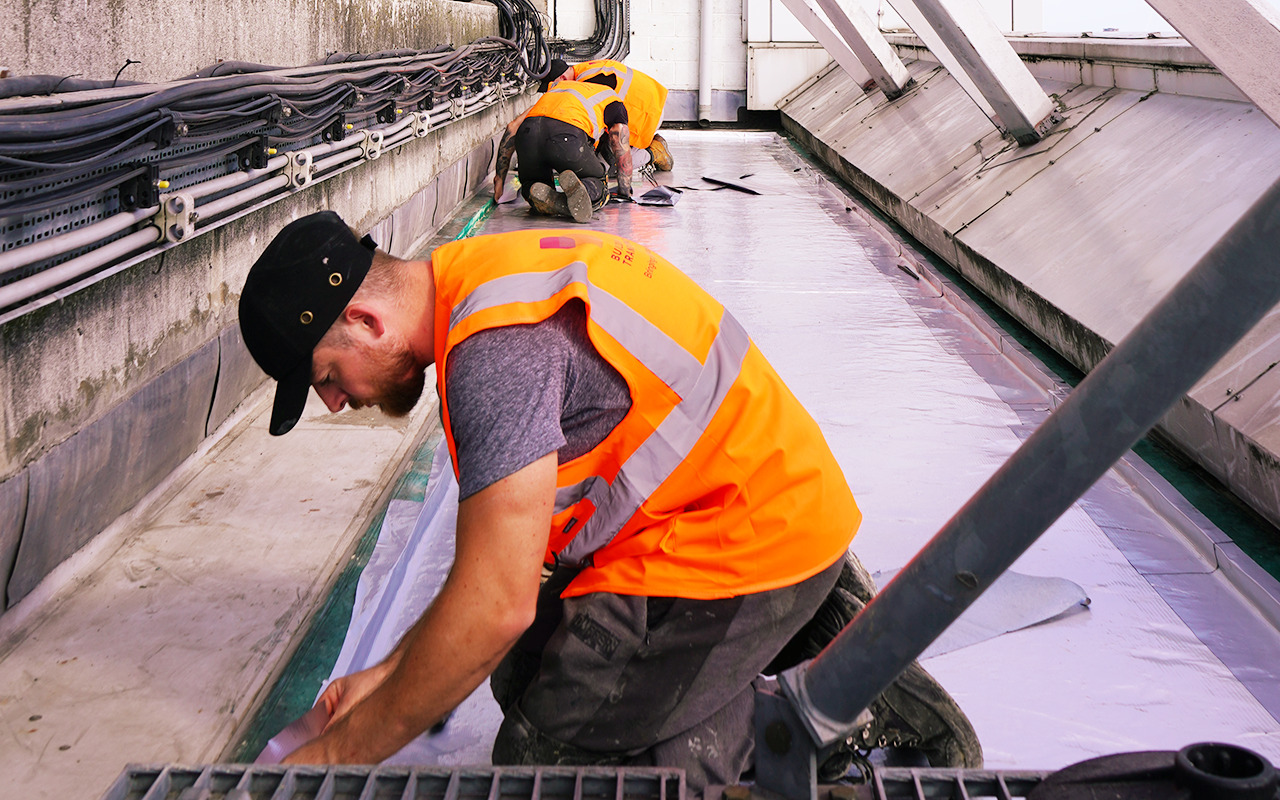The idea that buildings and spaces we live and work in influence our feelings and behaviours is not a new concept. Examining the bomb-damaged House of Commons in 1943, Winston Churchill commented: “We shape our buildings and afterwards our buildings shape us” and when we consider the current research, thinking, and the development of the field of neuroarchitecture, it’s clear he was onto something. Buildings and the urban environment have been found to affect our general mood and wellbeing. They evoke a neurological response, with specialised cells in the hippocampal region of our brain attuned to the geometric layout and arrangement of spaces we live in.
Architects, however, have often been focused on their vision and design above how a space may impact on its residents. Unique visions and artistry have prevailed as more important than creating spaces that positively influence their inhabitants. However, there are a number of architects moving in a new direction, interested in creating stimulating and people-centred building designs.
Creating a Stimulating and Enjoyable Urban Environment
Research caried out by Colin Ellard of the University of Waterloo, Canada has found that people are consistently strongly affected by building facades. Complex and interesting façade design affects people much more positively than simple and monotonous design. One of his key studies saw him walk subjects past a smoked-glass window frontage of a store in Lower Manhattan and their mood states took a dive based on wristband readings as well as emotional surveys. They interestingly also moved more quickly to get away from the deadness of the space. Their moods also significantly improved when they reached a stretch of restaurants and stores where they reported livelier and more engaged feelings too.
Many studies have shown the value of green space and woodland in an urban environment and how they can help to offset the stress that comes with the pace of the city. The visual complexity of green spaces plays into Ellard’s theory that the human brain prefers complex and vivid surroundings. A further virtual reality study carried out in Iceland in 2013 saw participants found streets which were most varied in terms of their architecture were the most mentally engaging. This all leads to the idea that we want variation in our environments. We don’t want cities which are brick-for-brick identical or buildings which have the same shape, size, and style.
On a less positive note, research has consistently shown that growing up in an urban environment can double a person’s chance of developing a wide range of mental health problems including depression, anxiety and even schizophrenia. Urban living can even alter the brain’s biology if you consider research conducted at the University of Heidelberg. It shows there can be a reduction of grey matter in the dorsolateral prefrontal cortex and the perigenual anterior cingulate cortex. These are two key areas which have been linked to stressful experiences too. The stress of urban living is something that needs to be considered and new spaces should be designed with stress management and wellness in mind.
The Problem with Dysfunction in Design
It would be wrong to say design and style isn’t an important factor. We want things which look fantastic as well as work practically, but things can go significantly wrong and impact us negatively if style becomes more important than substance.
Seattle Central Library has been heralded for its beauty and innovation in design, but it has also been discussed as a true example of a dysfunctional building. Navigation around the building can be confusing and getting from A to B isn’t as straightforward as you would need or expect from a functional public building, where many people have work to do and research to complete. The appearance of the building may be breath-taking, but as it doesn’t provide the practical service users need, it makes it difficult to understand the architect’s decisions.
Matching Design and Purpose
Architects who want to show their skills must consider the taste and preferences of the client and the purpose of the building. For example, schools should look to incorporate bright, open spaces, green areas and comfortable corners for reading and learning. Even hospitals such as Alder Hey Children’s Hospital in Liverpool can be seen to be embracing an open, spacious and perhaps even friendly design, to instil peace and calmness in a space where stress is natural.
Getting it wrong can have disastrous results. In 1971 The Red Road Flats in Glasgow were heralded for their modern design and an answer to the problem of crowded tenements and slum living in the city. They were meant to be the first step towards a newer, brighter high-rise future but in reality, they became hard to live in, difficult to heat and soon became uninhabited before they were demolished in 2012, hardly lasting for 40 years.
Another notorious case of design gone wrong was the Pruitt-Igoe public housing project in St. Louis. Opened in 1959, the project gained great attention due to fact that not one bit of space was wasted. It was built to solve an overcrowding problem in the city and from the off was designed as a racially segregated complex, which sounds horrifying now, but was in sync with America at the time. Very quickly the segregated nature of the properties removed any opportunity for interaction and social understanding and community. The buildings quickly became home to substantial crime and vandalism and have gone down as a clear example of social experimentation and architecture gone wrong.
Beautiful Design can evoke Equally Beautiful Feelings
The lack of feeling or numbness we’ve seen in the research by Colin Ellard shows that people crave environments they can interact with and gain something from. People want to be surrounded by things of interest and urban architecture can easily create these feelings with little thought.
Great examples of this can be seen in the library sector. The American Institute of Architects have annual Library Building Awards which shows how this type of construction is something which is given considerable time and most designers think about how their users will respond to the design and benefit from it. Beautiful feelings need to fulfil their purposes and as Architect Lynn Grossman, a jury member for the Library Awards said: “The libraries all are exciting, engaging, and comfortable places to spend a morning, an afternoon or an evening. “With abundant views and natural light, people using them can observe the activity and the natural world outside, and those outside have a glimpse of what’s happening inside. They are separated yet connected, and they help to connect their communities together.”
Award winning libraries include buildings such as Renton Public Library in Washington, which emits an ethereal quality combining glass and aluminium, letting in rays of natural light and creating comfortable and enjoyable reading spaces. Another example is Lawrence Public Library in Kansas where once again glass is used to ensure the brightness we want from a public space, including areas to read but also the community feel which has become synonymous with libraries.
Curved lines in architecture also create a gentle softness that attracts the eye and has a calming effect. Many architects have utilised curves as part of their design including Zaha Hadid in her design of the Heydar Aliyev centre in Baku.
The flowing lines to the exterior of the building are also used internally to create its arts spaces, used for conferences as well as an art gallery and conference hall. The space is elegant, bright and has an artistic charm which is just perfect for a cultural space.
Rethinking Building Design: What do you want from your Space?
No one wants a building to evoke bad memories or create bad feeling. We don’t want to live a dead zone or be trapped in an environment which is bland and faceless. Cities run the risk of becoming carbon copies of each other if more isn’t done to consider the urban environment and how to make it a more welcoming and interesting space.
Innovation and artistic license will never stop being important. If we can create spaces which appeal to and delight residents, as well as fulfilling their purpose, then the end result is much more satisfying and much more likely to stand the test of time. Our cities are set to grow year on year with no end in sight, so we should be working to ensure new developments and restoration projects are built with people in mind, as well as creativity and style.
For a greener and more sustainable future, and cities capable of housing the population, which is only going to get larger and larger, we must think about making the most of what we’ve already got.
At Building Transformation we create sustainable building maintenance plans to sensitively restore and repair buildings, to ensure they last. Speak to a member of our team today to arrange a sustainable building maintenance or restoration plan that meet the needs of the modern urban environment.













